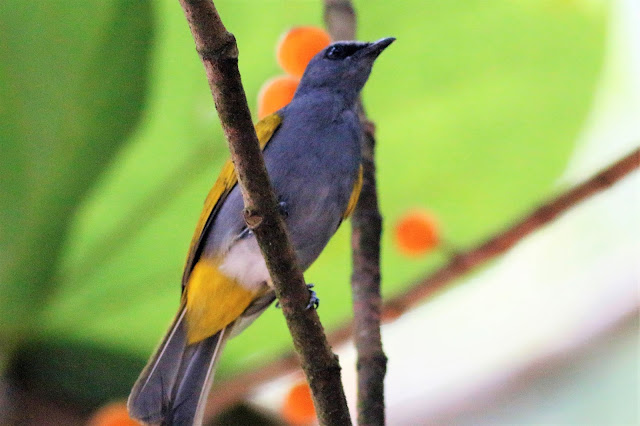Watching wildlife can be a pleasant and peaceful thing to indulged. They are non-prejudiced (impartial), non-political and non-religious. A tiger will not ask whether you are a Republican or a Democrat nor will a Hippopotamus ask whether you are able to recite the holy scriptures before chasing you away. They are all 'created' here for a purpose - to live and to breed for their species existence. There is no secret or special formula to see nature - just respect their comfort distance and you can get to enjoy a decent view of their beauty and behavior.
Recently I celebrated my 10th year adventures of watching shorebirds in Peninsular Malaysia (2011 - 2021). As the tide was still rising and without much cover, my only approach was to walk directly to them. I inched my way as close as possible. At times I have to bend low on my knees and I will stopped for a moment and then slowly move again. I repeated the process until I went close to their invisible security barrier and this is what I got.
A rather plain looking Red-necked Stint
A pristine looking Greater Sand Plover (above).
Another Greater Sand Plover (middle) I think.
A Brown-headed Gull
A flock of Brown-headed Gulls. Some of them were seen shading their feathers. Probably some old feathers I believe.
A Brown-headed Gull is about to land.
Three Red-necked Stints having a morning walk
Finally in the flats you can literally dance where ever you like.
TILL WE MEET AGAIN ! ADIOUS AMIGOS












































































